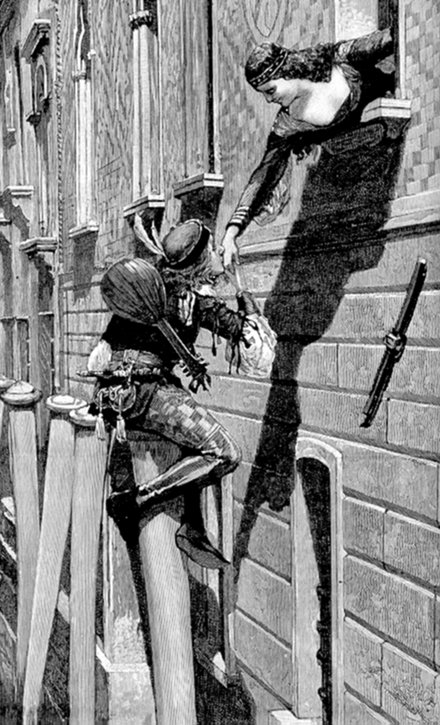A Diagnostic Tool for Art and Life
John H. Lienhard presents guest essayist Megan Cole
Today, our guest, Seattle actor Megan Cole, talks about an acting technique that has surprising uses. The University of Houston presents this series about the machines that make our civilization run, and the people whose ingenuity created them.
Actors have a technique for analyzing the content of a scene or of a moment in a scene. The technique is called Action-Objective-Obstacle. The idea is to separate an event into its component parts in order to see the event more clearly when we put the pieces together again. It's especially useful when we're not seeing clearly.
Here's how it works: the Objective is what we want, the Action is what we do to get what we want, and the Obstacle is what gets in our way. Yes, sorry: there's always the Obstacle. It's what makes life difficult and art interesting.
Let's say our Objective is to get someone's attention. We might use such Actions as waving, knocking, shouting, whispering, clearing our throat, taking our clothes off, standing apart from the group, and so on. To turn it around: if our Action is, say, knocking, our reason for doing this -- our Objective -- might be to announce our arrival or to find where the wall studs are. This is simple stuff.
Well, adding an Obstacle, of course, makes things a little more complicated. If our Objective is to get someone's attention, and our Action is, say, to shout the person's name ("Hey, Joe!"), and the Obstacle is that we're in a library ... well, the Obstacle in this case changes the Action. We might choose to whisper instead. ("Hey, Joe.") But even the quality of that whisper will be affected by the nature of the Obstacle. A whisper in a library is different from a whisper in a sleeping child's room. In any event, it's the Obstacle that adds color, urgency, interest, complication. And there's no human event that doesn't consist of all three components.
But what's the point of this kind of analysis? Is it useful? You bet it is. It can, for example, be a fundamental life tool. "What kind of person do I want to be?" we might ask ourselves (that's the Objective). "What do I need to do to be that person?" (the Action). "What do I need to watch out for on the way?" (the Obstacle -- which, of course, may not lie outside ourselves.)
Or we can use the technique in smaller ways: anticipating a meeting with the boss, answering the telephone, having a heart-to-heart with a friend. "OK, what do I want to achieve here? What'll I do? And what could go wrong?" It's like taking a little step back and giving ourselves space to get a perspective on things.
And it works just as well after the fact as before. It can help get us out of trouble as well as keep us from getting into trouble, when we take the trouble to remember it.
Because, in the end, what this acting-cum-life technique is about is making conscious choices about our behavior and attitudes. Viktor Frankl wrote of "the last of the human freedoms: to choose one's attitude in any given set of circumstances, to choose one's own way." He knew what he was talking about, and that capacity to choose lies at the heart of our humanity.
I'm Megan Cole, and in the theatre, as at the University of Houston, we give a great deal of attention to the way inventive minds work
(Theme music)
Megan Cole is a noted stage and TV actor and regular visiting faculty member at the University of Texas Medical Center in Houston. She originated the role of Dr. Vivian Bearing in the Pulitzer-Prize-winning play Wit. She has also played recurring characters on Seinfeld, ER, Star Trek, and other popular shows.

Action toward the Objective -- despite all Obstacles